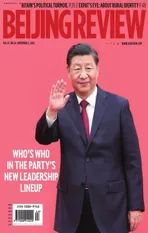For the Love Of Art
2022-11-04
The Palace Museum and the National Museum of China unveiled a cooperative exhibition at Beijing’s National Museum of China on September 28. Titled Harmonious Coexistence, this is the first time these two heavyweight institutions have jointly hosted a retrospective.
Some 420 pieces of cultural relics from both museums are on display,covering ancient Chinese materials and cultural legacies such as painting and calligraphy, sculpture and embroidery.Objects showcasing the cultural exchanges between the Chinese nation and other civilizations, including glassware,enamel and clock apparatus, are also on show.
In addition to traditional displays, the exhibition incorporates new means to engage audiences such as a diorama of the Forbidden City, the virtual restoration of ancient sites and interactive screens.
The exhibition will run until next January. BR
(Text and photos by Wei Yao
)Copyedited by Elsbeth van Paridon
Comment to dingying@cicgamericas.com
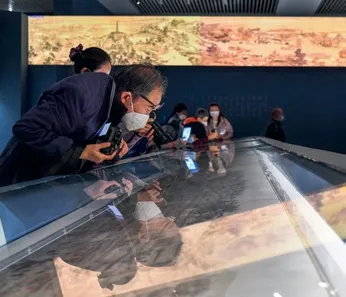
5. Visitors take a closer look at a painting by Xu Yang, a court painter to Emperor Qianlong (1711-99)of the Qing Dynasty. Back in the day, the emperor was one of China’s most prolific art collectors
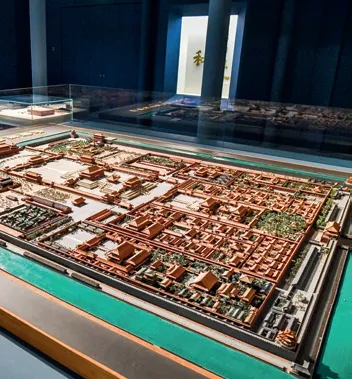
1. A diorama of the Forbidden City. The Forbidden City was constructed from 1406 to 1420, andserved as the imperial palace and winter residence of the emperors from 1421 to 1911

2. A close-up of an oracle bone dating back roughly 3,600 years. Oracle bones were used in ancient Chinese divination
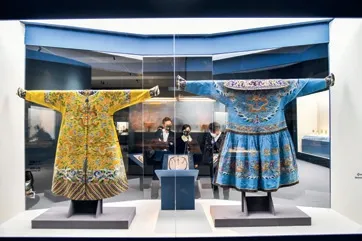
3. Robes of the Qing Dynasty (1644-1911) emperors
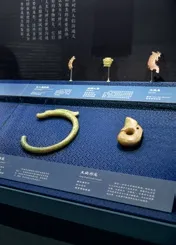
4. Jade items of the Hongshan Culture, a Neolithicculture in China’s northern region dating from about 4,000 to 3,000 B.C. The culture is known for itscarved jade and its burial artifacts include some of the earliest-known examples of jade dragons
